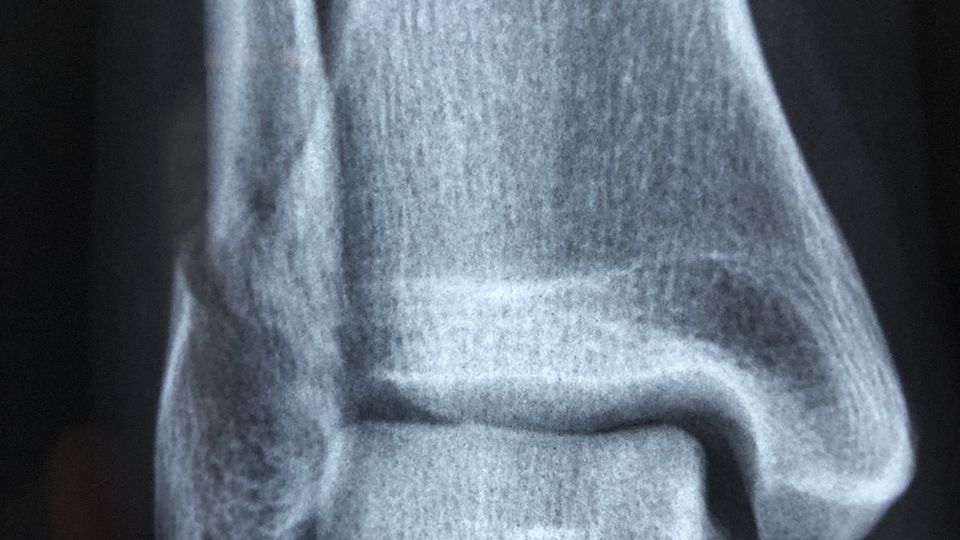
So, you’ve Googled “types of bone fracture” and you’ve gotten more results than you were counting on. A lot more. This is no surprise. A bone fracture can be a complicated process. After all, when it comes to accidentally breaking, shattering, or fracturing the bones in your body, the circumstances are always different. And that’s before you even get to treatment options or complications.
Join us today, as we break down types of bone fracture, their causes, treatments, and some of their more common complications.
Types Of Bone Fracture: Causes And Symptoms
A bone fracture is a break or a crack in one of your bones and can be extremely painful. If left untreated, it can also lead to complications down the line, from minor swelling and bruising to deformities or lowered ability to use your limb.
Some of the chief causes of a bone fracture can include:
- Trauma from sports injuries falls, or accidents in a motor vehicle
- Medical conditions, and various forms of cancer which affect the bone
A Closer Look At Bone Fractures
Bone fractures can be classified as follows:
- Closed or simple fractures, where the broken bone hasn’t pierced through the outer layer of skin
- Open or compound fractures, wherein the broken bone breaks out through the skin. This may also include outer wounds that break through to the fracture site underneath.
- Greenstick fractures are very common among younger children. This is a small crack in the bone, often arising from younger, more flexible bones sustaining too much pressure.
- Hairline fractures, with stress factors being the most common by far. These typically follow repeated stress from jogging or running.
- Complicated fractures where the surrounding structure around fracture itself is injured. Veins and arteries could be in the way of a breaking bone, taking significant damage as a result. The periosteum, or lining of the bone, may also be injured in a similar fashion.
- Comminuted fractures, or the shattering of the bone into multiple smaller pieces. Fractures like this usually heal more slowly than other fractures.
- Avulsion fractures, which are injuries to the tendons which anchor your muscles to your bones. This connective tissue allows you to contract your muscles, making this injury all the more complicated.
- Compression fractures, where two bones are forcefully jutted up against each other. This happens most regularly in vertebrae, as they are already lined up against each other.
Bone fractures can result from trauma to the head, spine, chest, arms, legs, and pelvis. Because we’re dealing with accidental injuries, factors like body structure and the environmental can also impact the fracture.
Diagnosis and Treatment
When it comes to diagnosing a break or fracture, the good news is we have more options available to us than ever before. Typically, a doctor will diagnose bone fractures with x-ray imaging, CT or MRI scans. This usually follows a visual assessment, where the doctor will examine a patient for a break.
Moving on to healing, we find more good news: broken bones heal by themselves. It’s up to the doctor to line these pieces of bone up correctly so that when they knit together, the bone isn’t deformed. A fully recovered bone is stronger, more aerodynamic, and less prone to sensitivity.
Treatments will differ depending on the break or fracture, but may include:
- Splints, which restrict movement of the limb
- Braces and plaster casts, that support and immobilize the bone
- Full traction, which is less common and entirely restricts the patient to bed
- Metal rods or plates, implanted to hold the pieces of your bone together
- Pain relief
Possible Complications
Bone fractures are bad enough, but during the treatment process, there are several complications that may develop:
- Incorrectly aligned limbs
- Infections from surgical incisions
- Overly tight or loosely fitted plaster casts
In the world of bone fractures and treatments, no two injuries are ever the same. Because a process like this is unique to each person, it’s important to know the different types of fracture, treatments, and possible complications. Hopefully, with today’s article on types of bone fracture, you’ll be closer to a full understanding of these injuries and their potential fallout.
Learn more about fracture treatment from one of the leading implants manufacturers in the United States, Toby Orthopaedics. From flexor tendon repair to proximal humerus and upper extremity long bone fractures, we elevate the standard with cutting edge tech.

